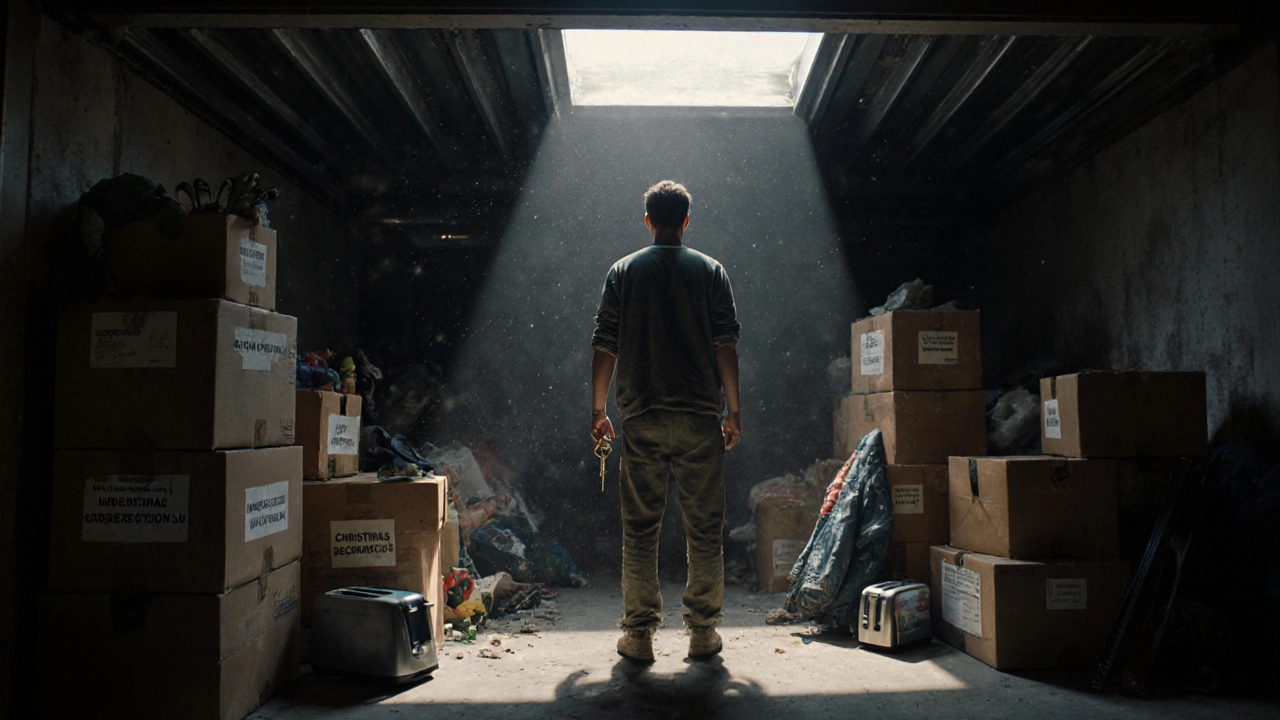Self Storage Costs: What You Really Pay and How to Save
When you need extra space, self storage, a rented unit where you store your belongings securely, often used during moves, renovations, or downsizing. Also known as storage units, it’s a practical fix for clutter—but the price isn’t always what it seems. Many people assume all units cost the same, but self storage costs vary wildly based on size, location, and what’s included. A 5x5 unit in rural Yorkshire might run £30 a month, while the same size in central London could hit £80. And that’s just the base rate.
What you don’t see on the website? storage facility fees, extra charges like insurance, lock rentals, or administrative setup costs that add up fast. Some places charge £10 just to sign up. Others make you buy their padlock for £15, even though your own costs £3. Then there’s insurance—some facilities include it, others don’t. If you’re storing valuables, skipping insurance is risky, and adding it can bump your monthly bill by £5–£15. Don’t forget climate control either. If you’re storing electronics, antiques, or wool clothing, a heated or cooled unit might be necessary. Those units cost 20–40% more than standard ones, but they prevent mold, warping, or mildew.
Location matters more than you think. Units near major transport hubs or city centers cost more because demand is high. Smaller towns or industrial parks often have lower rates but longer drives. Also, seasonal shifts affect prices. Summer is peak moving season, so rates spike. If you can start your rental in late October or February, you might snag a 15–25% discount. Some places offer first-month-free deals, but check the fine print—sometimes it’s just the first month at full price, then you pay the rest. And don’t fall for ‘low introductory rates’ that jump after three months. Read the contract.
moving storage, temporary storage used during relocation, often linked to house moves or downsizing. is a common use case, and it’s where people get blindsided. If you’re moving and need storage for 2–3 months, ask about flexible terms. Some companies let you pause payments if you move your stuff out early. Others charge you for the full term no matter what. And if you’re storing for longer than six months, you’re better off renting a bigger unit upfront than paying for multiple small ones over time. A 10x10 unit often costs less per square foot than two 5x5 units.
There’s also the matter of access. Free 24/7 access? That’s rare. Most places limit hours, and weekend access might cost extra. If you need to grab something on a Sunday, find out ahead of time. Some places charge £5–£10 per after-hours visit. And if you’re using a delivery service to drop off your boxes, check if they allow it. Some facilities don’t let couriers in at all—you’ll have to haul everything yourself.
Bottom line: self storage costs aren’t just about the monthly rent. They’re about the total picture—size, location, features, and hidden fees. The cheapest option isn’t always the best deal. The smartest move? Compare at least three places, ask for a full cost breakdown in writing, and don’t sign anything until you know exactly what you’re paying for. What you find below are real breakdowns, user experiences, and tips from people who’ve been there—so you don’t have to learn the hard way.
Is paying for storage worth it? We break down real costs, hidden risks, and smarter alternatives for Kiwis holding onto things they don’t use. Find out when storage helps-and when it’s just wasting money.
Nov, 18 2025
